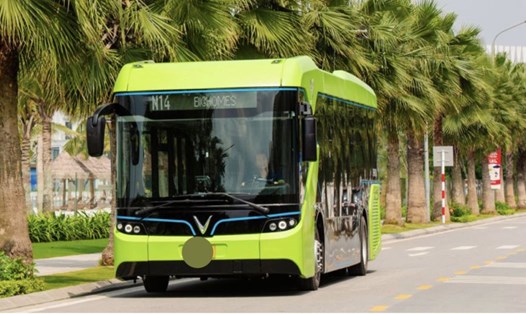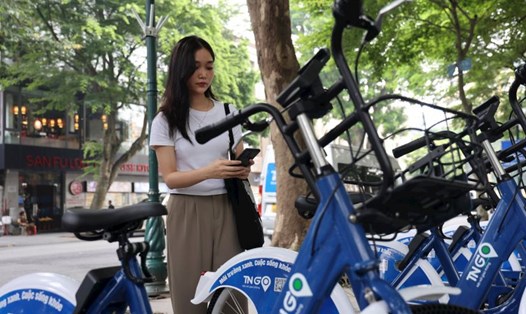From the design of the famous artist Leonardo da Vinci
The idea of self-driving cars dates back to the 16th century, when Leonardo da Vinci designed a three-wheeled, self-propelled vehicle powered by a series of springs and a pre-programmed control system. It is considered the first autonomous robot in history. Although the design was more mechanical than a true means of transportation, it opened up the idea of using machines to drive themselves.
It took centuries for technology to catch up to da Vinci’s vision. In 1925, Francis P. Houdina, an American electrical engineer, attempted to control a full-size car by radio through the streets of New York City. Although the experiment failed due to a malfunction of the car, it laid the groundwork for subsequent efforts to develop self-driving cars.
At the 1939 New York World's Fair, industrial designer Norman Bel Geddes presented his "Futurama" exhibition, where he presented ideas about the future of transportation. One of the prominent concepts was a semi-autonomous car that would travel on magnetically guided roads. However, experiments using magnetic technology to control cars encountered major difficulties in terms of cost and infrastructure, making the idea impossible to realize at that time.
More important developments in autonomous vehicles came from academic and military research. In the 1960s, researchers at Stanford University developed a small vehicle to move around the lunar surface, using an early form of computer vision technology. By 1977, in Japan, the University of Tsukuba had successfully built a self-driving car that could travel at about 20 miles per hour.
One of the most important projects of the late 20th century was the European PROMETHEUS project, which ran from the 1980s to the 1990s. Funded by European governments and major automakers, the project conducted autonomous vehicle tests on Paris motorways in 1994. The project demonstrated the capabilities of autonomous vehicles as they were able to change lanes and overtake other vehicles without human intervention.
In the United States, the Department of National Defense has played a major role in developing self-driving technology through the Defense Advanced Research Projects Agency (DARPA). In the 1980s, DARPA funded projects such as the Autonomous All-Terrain Vehicle (ALV) and Carnegie Mellon University’s Navigation Laboratory, where researchers developed a series of experimental autonomous vehicles called Navlab. Most notably, in 1995, Navlab 5 drove autonomously from Pittsburgh to San Diego, covering more than 2,800 miles without human intervention at the controls.
But the real milestone for self-driving cars came with the Grand Challenge competitions run by DARPA. The first competition took place in 2004, and although no team completed the grueling desert course, by 2005 several teams had succeeded, led by Stanford University with a Volkswagen Touareg. These competitions not only spurred technological development, but also spawned a wave of self-driving car startups and research in the decade that followed.
Currently, self-driving cars are divided into levels 0 to 5, with level 0 being human-driven and level 5 being fully autonomous in all situations. Although many level 2 and 3 vehicles are in production, there are still many challenges to overcome to reach levels 4 and 5. These challenges include handling complex traffic situations, ensuring safety in all weather and infrastructure conditions, and convincing the public about the safety of self-driving cars.
The market is growing strongly
The autonomous vehicle market is growing at a rapid pace and promises to bring major changes to the global transportation industry. In 2023, the number of autonomous vehicles worldwide reached 152,700 units and is expected to increase to 224,210 units in 2024. According to forecasts, by 2033, this number could reach about 7,112,070 units, with a compound annual growth rate (CAGR) of 46.83% from 2024 to 2033. This is an impressive figure, demonstrating the huge potential of autonomous vehicle technology in the coming years.
In North America, the autonomous vehicle market dominates, accounting for 45% of global sales by 2023. This is not surprising, as the United States is one of the leading countries in developing autonomous vehicle technology, with the participation of many large technology companies such as Tesla, Google, and General Motors. In addition, traditional automakers such as Ford, Toyota, and Volkswagen have also invested heavily in this field.
However, Europe is also emerging as a potential competitor, expected to grow rapidly in the coming years, thanks to strong incentives and investment from the Government and car manufacturers.
The autonomous vehicle market is not limited to personal vehicles but has expanded to other sectors such as transportation and defense. In 2023, the transportation segment will contribute more than 93% of the total autonomous vehicles, showing great potential for application in transporting goods and passengers without human intervention. This will not only help reduce labor costs but also increase operational efficiency and traffic safety. In addition, the defense segment is also expected to witness significant growth, as militaries around the world are researching the application of autonomous vehicles in dangerous missions, minimizing risks for soldiers.
One of the driving forces behind the development of self-driving cars is the ability to reduce traffic accidents, which are mainly caused by human error. Using sensor technology, radar, and artificial intelligence (AI), self-driving cars can recognize their surroundings, such as traffic, pedestrians, and road hazards, and automatically adjust their speed and avoid collisions without human intervention. This not only improves safety, but also creates a more convenient and comfortable driving experience for users.
In addition, the autonomous vehicle market is becoming more attractive thanks to the continuous improvement of technology and new features. Every year, manufacturers introduce more advanced features, attracting the attention of consumers in developed economies. Rising income is also an important factor that helps consumers easily access and accept this new technology.









